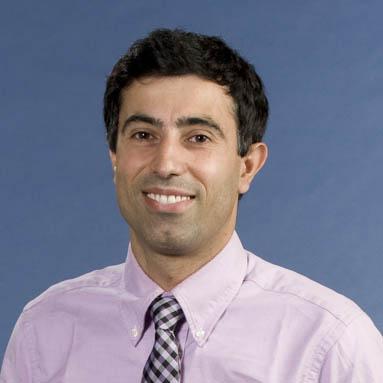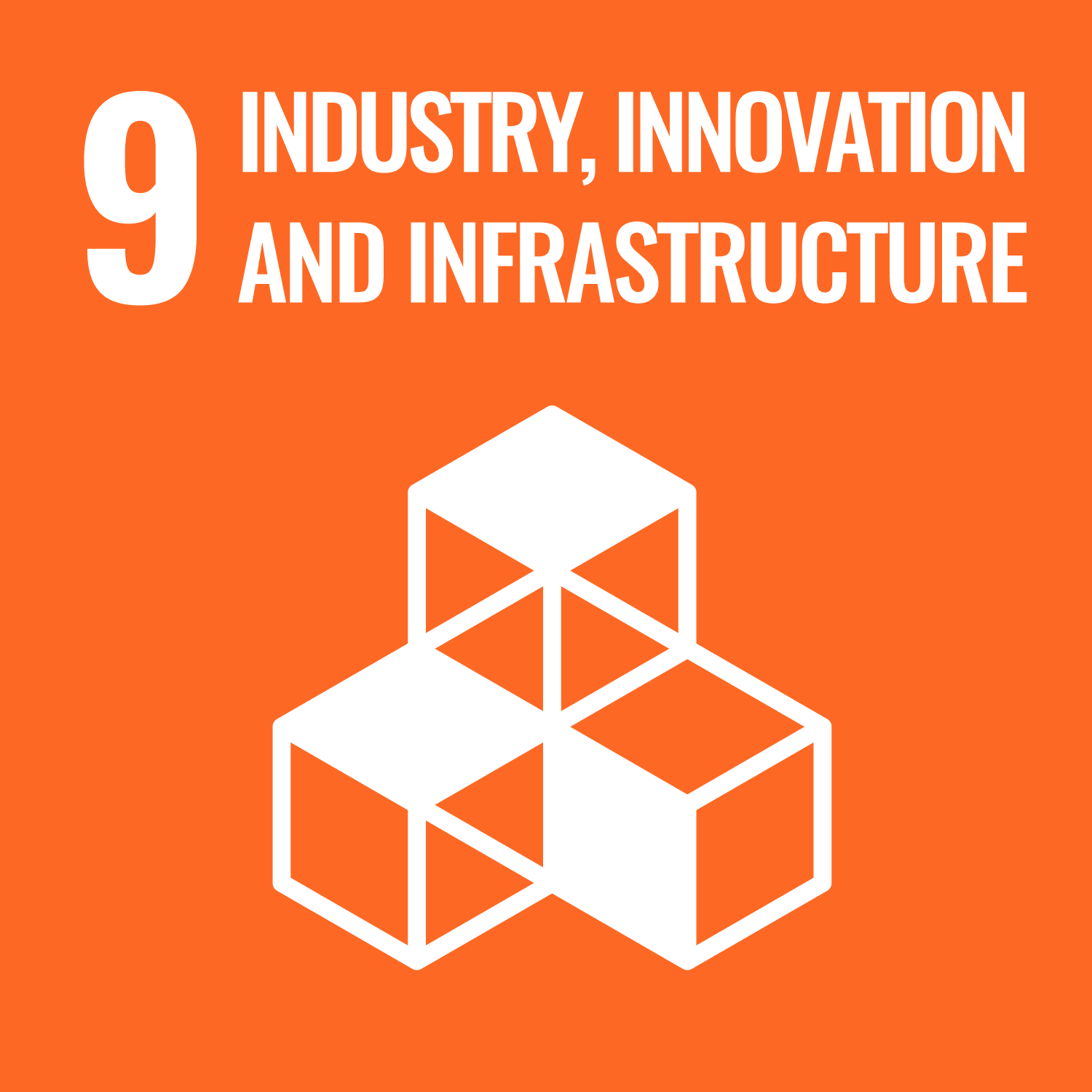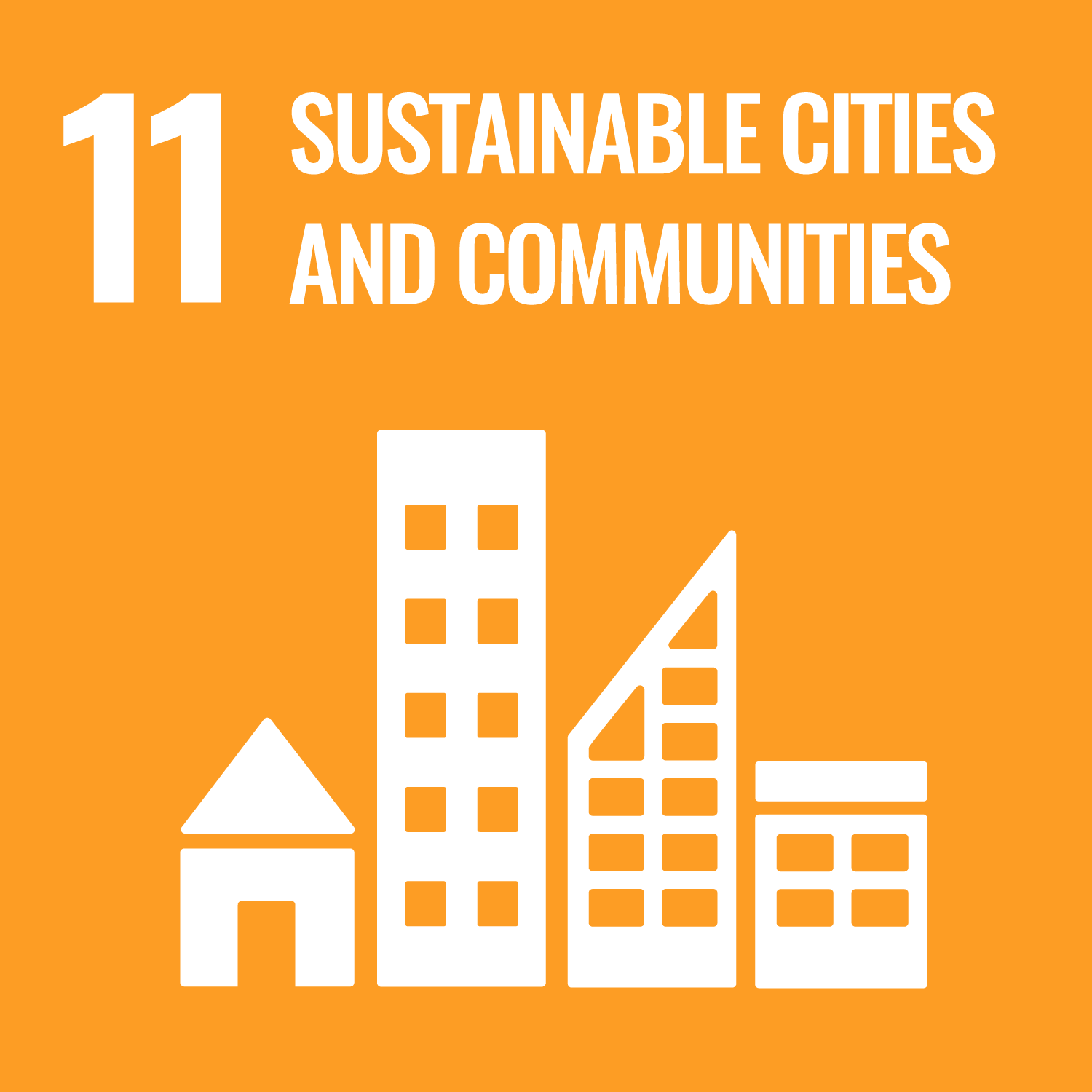
SDG 9: Industry, Innovation, and Infrastructure - Build resilient infrastructure, promote inclusive and sustainable industrialization and foster innovation


My research activities in the Department of Civil and Environmental Engineering are in mechanics, materials, and structures. At WPI, my favorite teaching aspect is working one-on-one with graduate and undergraduate students on research projects. I like to excite students’ curiosity toward discoveries and creative scientific advancements. In our research group, we focus on the fundamental principles that control the behavior of materials in engineering and biology at multiple scales. I am particularly interested in the bioinspired design of materials and structures. In this field, studying biological materials leads to the design of high-performance materials and structures. For example, we have created a new paradigm in self-healing concrete using an enzymatic mechanism. Using the same mechanism, we have now produced a Carbon-Negative Enzymatic Construction Material (ECM), which sequesters 18 lbs of CO2 per cubic yard in comparison to concrete which emits around 700 lbs of CO2 per cubic yard. ECM also holds the record in compressive strength as a carbon-negative alternative structural material at around 15 MPa. I encourage you to see the details of our research activities on my group's website.

My research activities in the Department of Civil and Environmental Engineering are in mechanics, materials, and structures. At WPI, my favorite teaching aspect is working one-on-one with graduate and undergraduate students on research projects. I like to excite students’ curiosity toward discoveries and creative scientific advancements. In our research group, we focus on the fundamental principles that control the behavior of materials in engineering and biology at multiple scales. I am particularly interested in the bioinspired design of materials and structures. In this field, studying biological materials leads to the design of high-performance materials and structures. For example, we have created a new paradigm in self-healing concrete using an enzymatic mechanism. Using the same mechanism, we have now produced a Carbon-Negative Enzymatic Construction Material (ECM), which sequesters 18 lbs of CO2 per cubic yard in comparison to concrete which emits around 700 lbs of CO2 per cubic yard. ECM also holds the record in compressive strength as a carbon-negative alternative structural material at around 15 MPa. I encourage you to see the details of our research activities on my group's website.
SDG 9: Industry, Innovation, and Infrastructure - Build resilient infrastructure, promote inclusive and sustainable industrialization and foster innovation

SDG 11: Sustainable Cities and Communities - Make cities and human settlements inclusive, safe, resilient and sustainable

Mechanical properties of functionally graded hierarchical bamboo structures T Tan, N Rahbar, SM Allameh, S Kwofie, D Dissmore, K Ghavami, ... Acta biomaterialia 7 (10), 3796-3803
Strong fiber-reinforced hydrogel A Agrawal, N Rahbar, PD Calvert Acta biomaterialia 9 (2), 5313-5318
Bio-inspired design of dental multilayers: experiments and model X Niu, N Rahbar, S Farias, W Soboyejo Journal of the mechanical behavior of biomedical materials 2 (6), 596-602
Parametric study of one-dimensional solute transport in deformable porous media AN Alshawabkeh, N Rahbar Journal of Geotechnical and Geoenvironmental Engineering 132 (8), 1001-1010
Volume change effects on solute transport in clay under consolidation AN Alshawabkeh, N Rahbar, TC Sheahan, G Tang Geo Jordan 2004: Advances in Geotechnical Engineering with Emphasis on Dams ...
Adhesion and interfacial fracture toughness between hard and soft materials N Rahbar, K Wolf, A Orana, R Fennimore, Z Zong, J Meng, G Papandreou, ... Journal of Applied Physics 104 (10), 103533